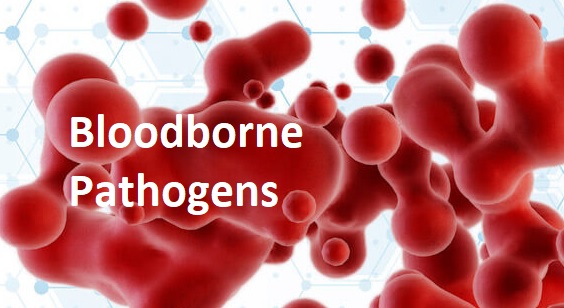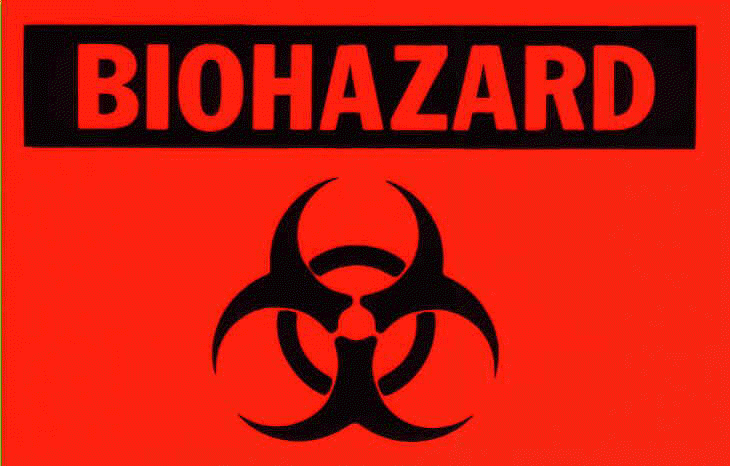What is Bloodborne Pathogens Training?
The Occupational Safety and Health Administration (OSHA) supports bloodborne pathogens training. It is used to prevent the spread of bloodborne pathogens or viruses. The main pathogens include hepatitis B, hepatitis C, and the human immunodeficiency virus (HIV). Bloodborne pathogens training is not limited to healthcare workers. Therefore, anyone who works with or around patients can […]





